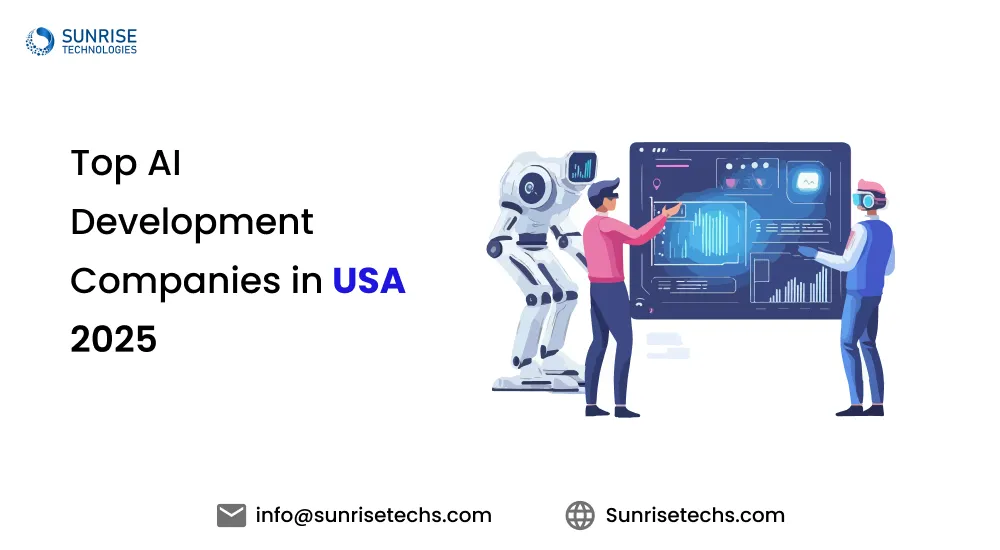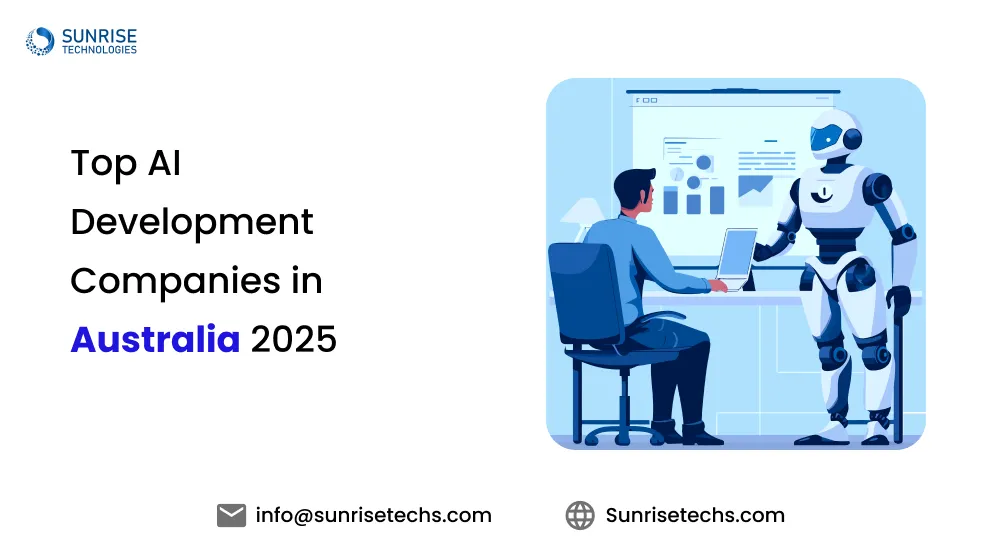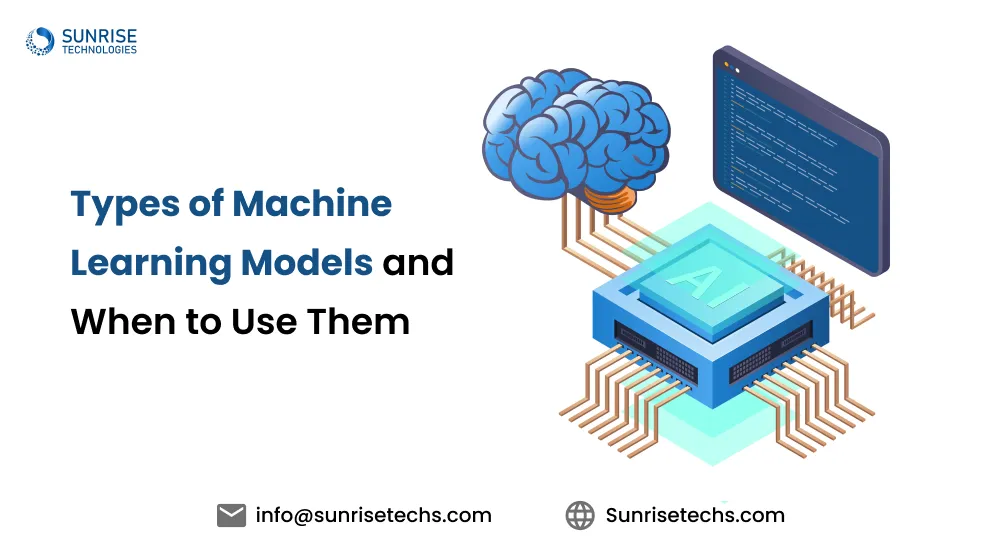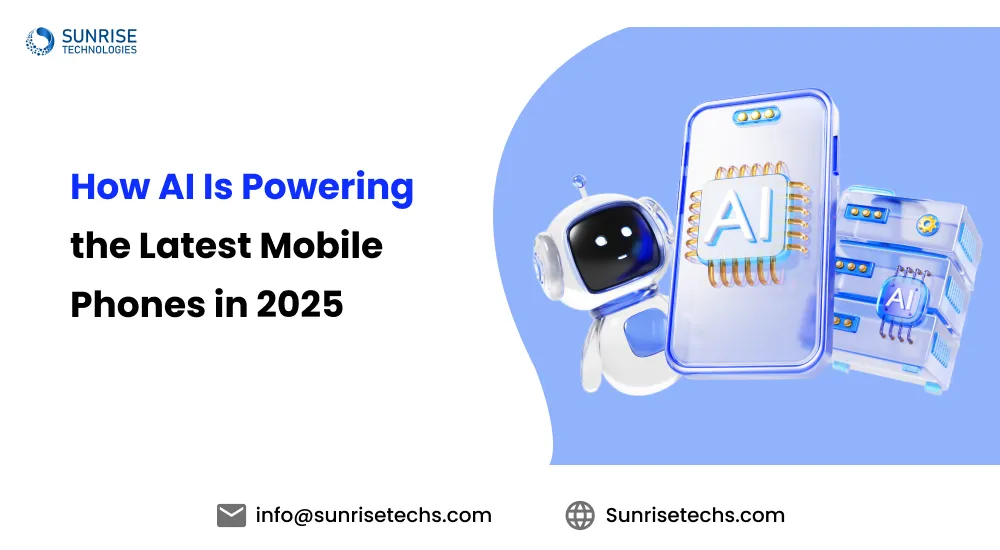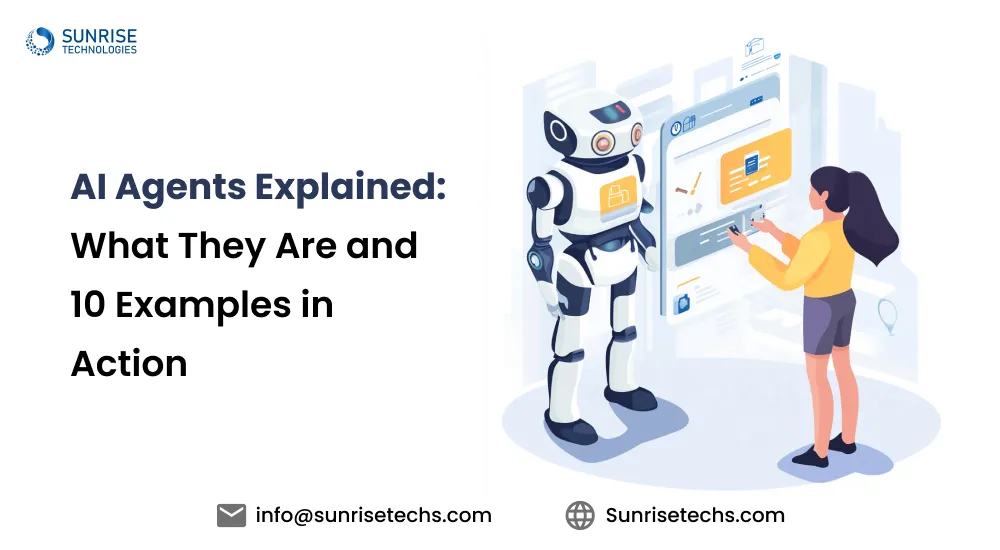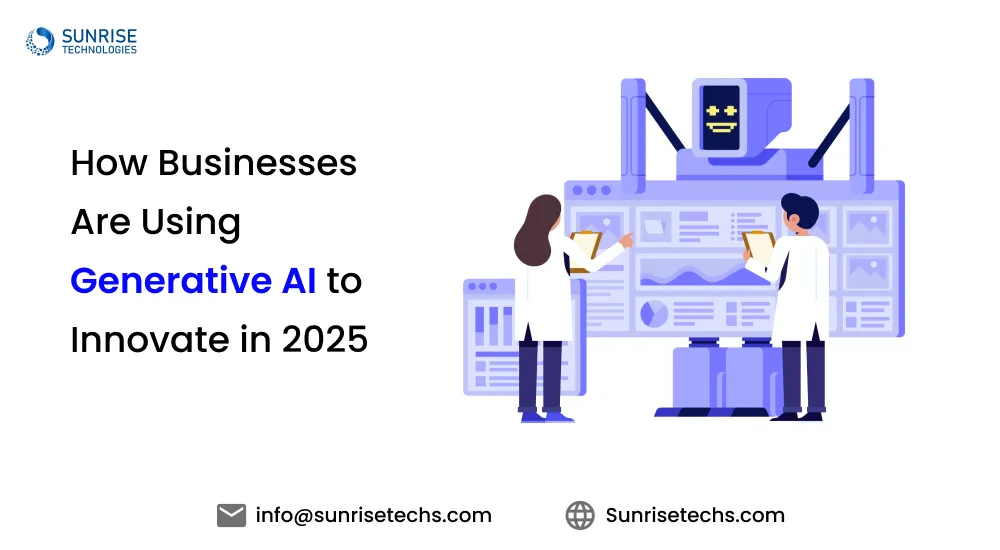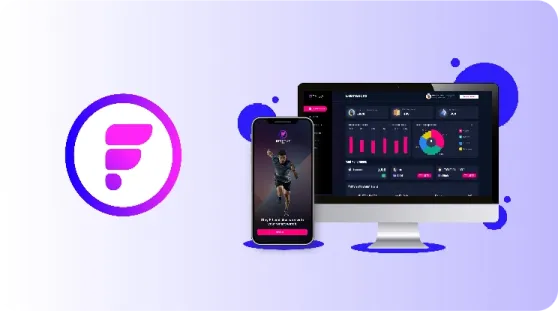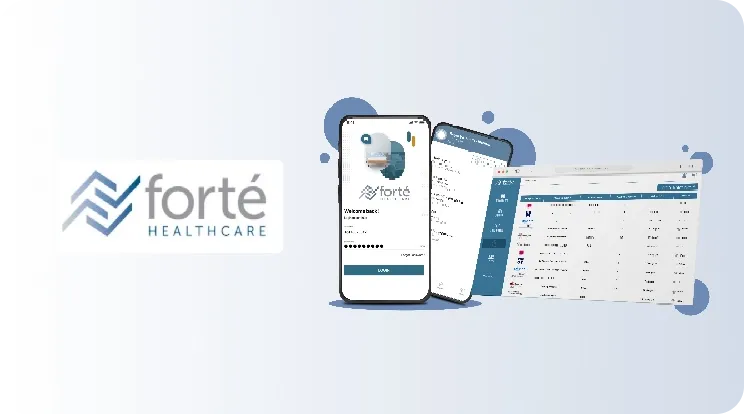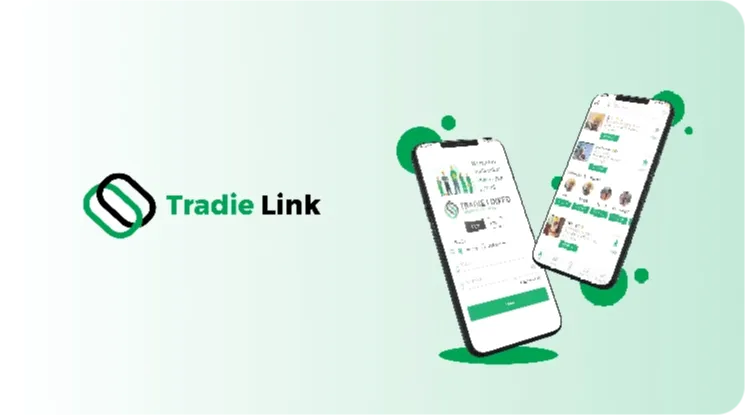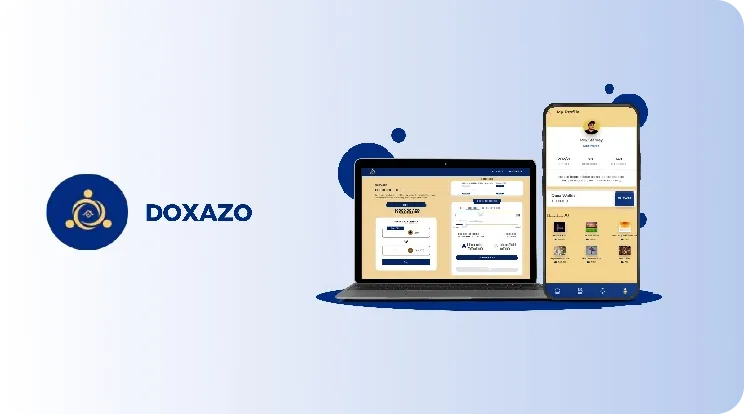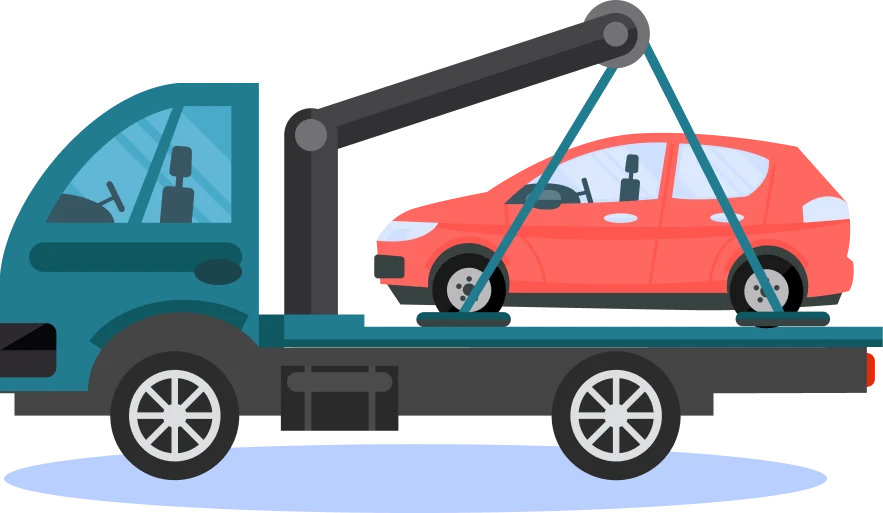
The Role of AI in Tow Service Management in 2025
Feb 24, 2025
The towing industry relies on quick responsiveness and efficient deployment of resources indeed, the traditional dispatch systems struggle to keep up with the changing road conditions. With the surge in AI technologies, this integration has brought a shift in the operations of towing companies for faster decision-making, smoother operational processes, and an increase in customer service.
In this article, we shall delve into how AI-driven dispatch can improve efficiency, resource management, and customer satisfaction. Consider tow truck driver applications serve dispatchers and technicians almost real-time data, resulting creating a faster response and improved use of resources. Besides, AI keeps passing analytics to allow the adaptation to changing conditions through in-process real-time analysis and prediction algorithms for minimized response time.
Given the importance of dispatch systems as tools for assisting stranded motorists, enhancing the processes ensures better service and optimal resource utilization. The towing app market was valued at 450 million in 2021 with projections anticipating growth to over 750 million by 2032.
Continue reading to find out more about the role of AI in towing services, its advantages, conundrums, and the occasional way out to a successful entrance.
Discover how AI-powered routing, dispatching, and analytics are transforming tow services in 2025.
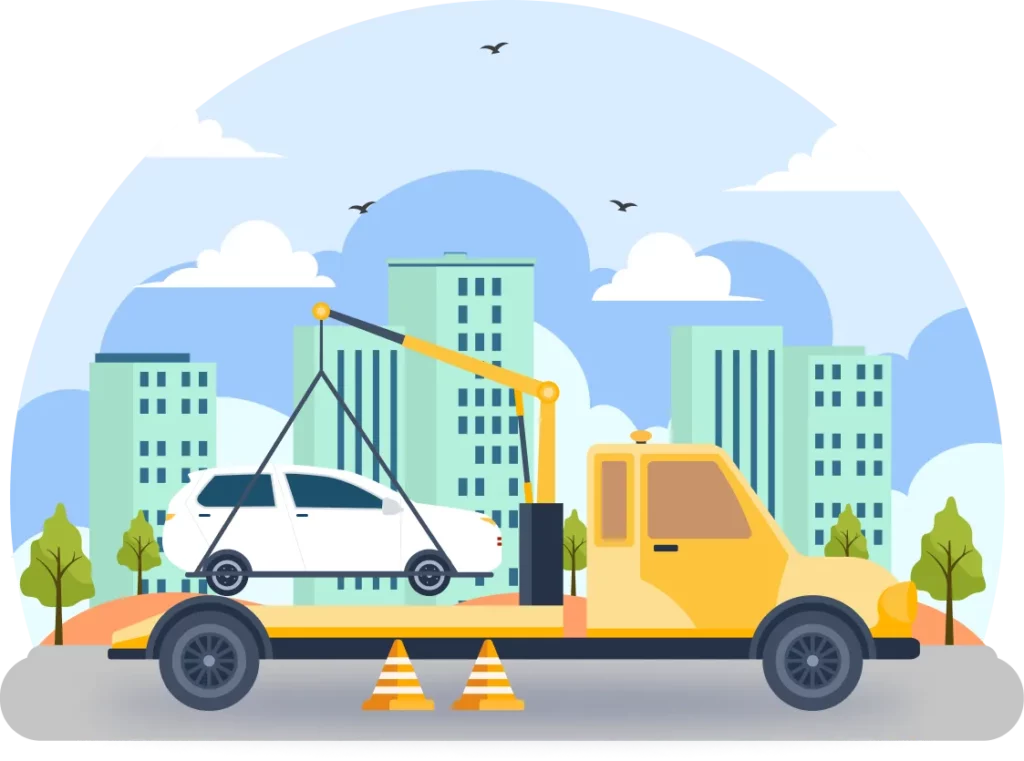
Streamlining Operations: How AI Optimizes Fleet Management in Towing Services?
1. Vehicle Tracking in Actual Time
One of the basic features of geolocation solutions driven by AI is tracking vehicles in actual time. With modern algorithms of AI and devices that are enabled by GPS, managers of the fleet can monitor exact locations. They monitor vehicle movement at a given time. The visibility in actual time allows the allocation of efficient resources. It also prevents unauthorized use of vehicles. It also allows immediate response in emergency cases.
2. Optimization of Route
Optimizing routes for the management of fleet impacts on the consumption of fuel. That also directly. It also impacts the wear and tear of the vehicles and overall timelines for delivery. Geolocation solutions that are driven by AI help in analyzing historical and real-time data. It includes patterns of traffic, closures of the road, and conditions of the weather. It is to suggest the routes that are most optimal for drivers. These solutions consider many simultaneous parameters. For instance, congestion of traffic, distance, restrictions of time. It is to decrease the cost of fuel for the route’s plans. And, for increasing efficiency.
3. Monitoring the Behavior of the Driver
The Behavior of the drivers plays an important role in the management of the fleet. It directly affects the efficiency of fuel, overall safety and maintenance of vehicles. Geolocation solutions that are driven by AI can help in monitoring the behaviour of the driver. That is also in time. It provides managers of fleets with fruitful insights into harsh braking, idling, speeding and other unsafe practices. These systems help in the generation of reports and alerts that are safe and comprehensive. The driver’s behaviour plays an important role in the management of the fleet. It decreases accidental risks.
4. Optimized Scheduling for Maintenance
Servicing and maintaining a vehicle fleet is an important expense for all organizations. Geolocation solutions that are driven by AI can help in analysing data from vehicles. It includes the performance of the engine, mileage, and records of historical maintenance. It is to accurately predict maintenance needs. By scheduling tasks for maintenance proactively based on recommendations driven by AI, managers of the fleet can decrease unplanned breakdowns. It thus improves the uptime of the vehicles.
On-Demand Assistance: AI's Impact on Improving Response Times for Towing Companies
AI integration in towing brings along a multitude of benefits. Uses real-time traffic analysis, quicker route finders, reduced response time, and can help avoid congested areas. Tow companies work more efficiently causing the customer to get faster services. AI-based towing solutions and applications quickly dispatch, matching each request with the right tow truck. Manual classification is done away with. Errors are trapped, faster response time is assured and thus customer satisfaction is heightened. AI-supported tow trucks also improve safety thanks to collision detection and automatic braking. This reduces accidents and injuries, guarding the safety of employees and vehicles and providing a seamless towing experience.
It also allows the easy identification of vehicles to send the right truck and equipment for the job. Artificial Intelligence minimizes errors and guesswork, also expediting the second half of the operation. Thus, AI optimizes towing operations through quicker response times, higher real-time safety, and improvements in customer satisfaction. The towing industry would see the enabling of fast, safe, and efficient service with AI technology.
Customer-Centric Solutions: Enhancing Service Quality with AI in Towing Management

Development of a custom towing app or software is a discouraging task. Especially if you are new in the field of tow truck app development. It needs to have a good leverage on the latest methodologies, trends and technologies in the market.
However, you can streamline all those activities or tasks. You can do so by hiring a professional and reputed tow-app development company. You will get a team of experienced software developers from such firms. But before hiring here are some important steps that you need to check for. You must follow these steps to opt for a hassle-free development service for towing software.
1. Defining the Scope
Identification of the intended goal of the software is the initial step in the creation of towing software. When it comes to a towing application or software, the goal is to make it easy for tow truck drivers, operators and owners. It is for running an efficient business. Dispatchers and drivers can allow for communication of fast organization of schedules. It is for tracking their vehicles with the help of their software.
2. Strategy Choosing
The current section is to select a custom application or software development strategy. You have two options for the same – outsourcing and in-house development. If you choose the former option. An enterprise development company that is custom based has the necessary expertise and resources. It is for the creation of top-notch software or applications. If you choose the latter option, you can have most of the control of the entire development process of your software or app. It might be tailored to your specific needs. Though it can take a lot of time and can be expensive too.
3. Design UX/UI
It is time for the process of development and design. Once you have determined your business requirement. And a selected strategy for development. In this stage, a document of design describes the features of the software, the architecture of the system and the interface of the users that is built.
The document of design needs to have the following features:
- A thorough breakdown of features and functions of the software of the towing company.
- A mockup or wireframe of the UI (User Interface).
- A diagram of the system architecture. It lists the software components. And their way of interaction.
4. Start of the Development
The software or application should be developed in such a way that it will help in enabling the handling of multiple users. You can achieve this by utilization of software that is cloud-based. AI Development Services help you to make your program crucial. Starting development is a very hard process. It might take months or more. It shows how advanced your product is. A software development team who is skilled is crucial to be a part of your project. It is for making your application or software to a high standard.
5. Testing the Software of your Towing Company
It is time to test your software or application after it is developed. Diligent testing is crucial for ensuring that the software fits all kinds of criteria. It is free from vulnerabilities and mistakes. To expedite the procedure for testing, you can use technologies for automated testing.
Safety First: AI-Powered Risk Assessment in Towing Operations
Towing risk assessment tools driven by AI help identify and monitor risks with more accuracy than traditional processes could manage. The involved algorithms can analyze large volumes of data, all while minimizing false positive detections. AI allows one to prioritize vulnerabilities, compare risk factors, and suggest better countermeasures, which in turn allows for a safely and more efficiently operated process. Interested in improving risk management in towing? Check out AI Development Services for custom-designed AI solution!

Discuss how AI-driven maintenance and smart dispatch can elevate your towing operations.
Smart Solutions: Leveraging AI for Predictive Maintenance in Towing Vehicles
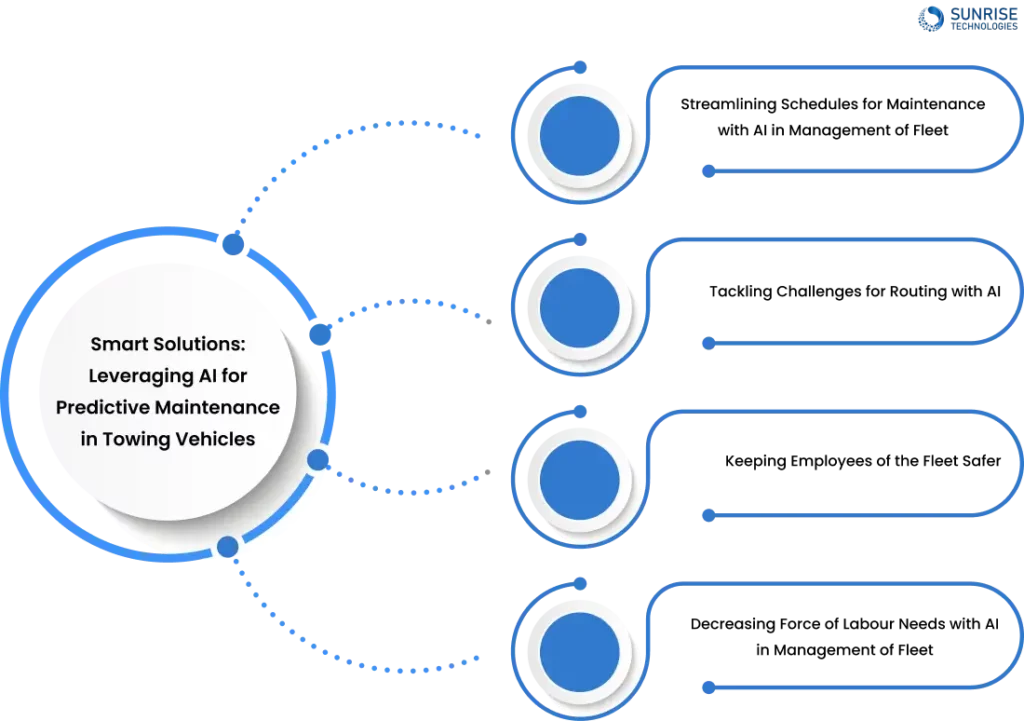
1. Streamlining Schedules for Maintenance with AI in Management of Fleet
Management of the fleet faces challenges in the maintenance of the reliability of vehicles. And avoid expensive repairs. Maintenance with predictions with AI can help detect issues that might be possible. For instance, decrease in cost and downtime; and breakdown. Proper maintenance schedules allowed by AI help prevent failures of cost. It improves safety by addressing issues before escalation.
2. Tackling Challenges for Routing with AI
Ai enhances rates of on-time delivery and planning of routes. It is done by helping operators of the fleet avoid accidents and roadblocks. Driver location data in actual time enables managers to track drivers. It also offers further assistance if needed. Researchers at MIT are developing algorithms of AI to optimize the planning of routes. It allows more efficient and faster solutions for routing problems at a larger scale. Enhanced planning of the route decreases the stress and frustration of drivers. It leads to a higher level of satisfaction.
3. Keeping Employees of the Fleet Safer
Platforms of AI can improve safety by detecting of behaviours of the drivers. And also, by providing feedback in the actual time. According to various studies, it showed that dashcams that are AI-powered when amalgamated with coaching decrease accidents. Along with unsafe incidents of driving. It is thus beneficial to both drivers and managers of the fleet.
4. Decreasing Force of Labour Needs with AI in Management of Fleet
Advancements of AI in the management of fleets offer opportunities to decrease the requirements of labour. It is while improvement of efficiency. Fleet management that is driven by AI might lead to a reshaping of job roles. It can also reshape the requirements of training. It offers new opportunities for the optimisation of labour. Along with the improvement in efficiency.
Navigating Challenges: How AI Helps Towing Companies Adapt to Traffic and Road Conditions
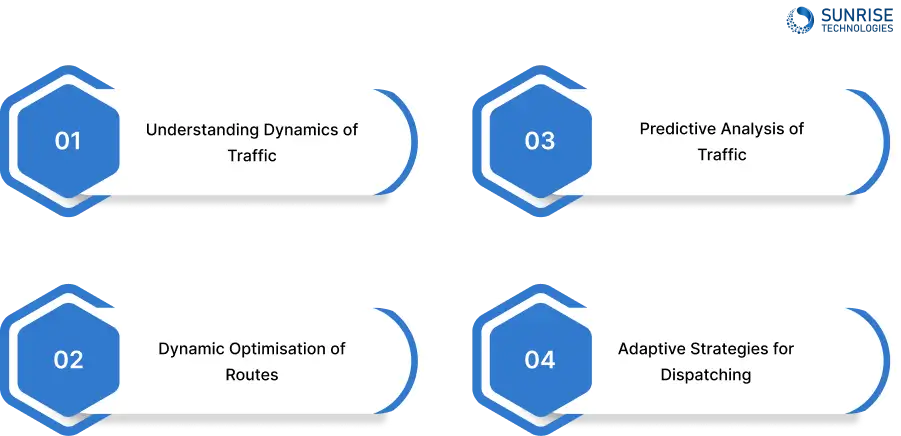
- Traffic Insights – AI analyzes traffic data from cameras, GPS, and sensors to identify patterns, routes, and congestion hotspots, ensuring faster navigation.
- Dynamic Route Optimization – AI updates routes in real-time, selecting the fastest paths and reducing delays for improved customer satisfaction.
- Predictive Traffic Analysis – AI forecasts traffic conditions using historical data, weather, and events, helping towing firms plan ahead and allocate resources efficiently.
- Smart Dispatching – AI prioritizes and assigns jobs based on vehicle availability and traffic, optimizing fleet utilization even during peak hours.
Cost-Effective Strategies: Saving Resources through AI-Driven Route Optimization for Towing Fleets
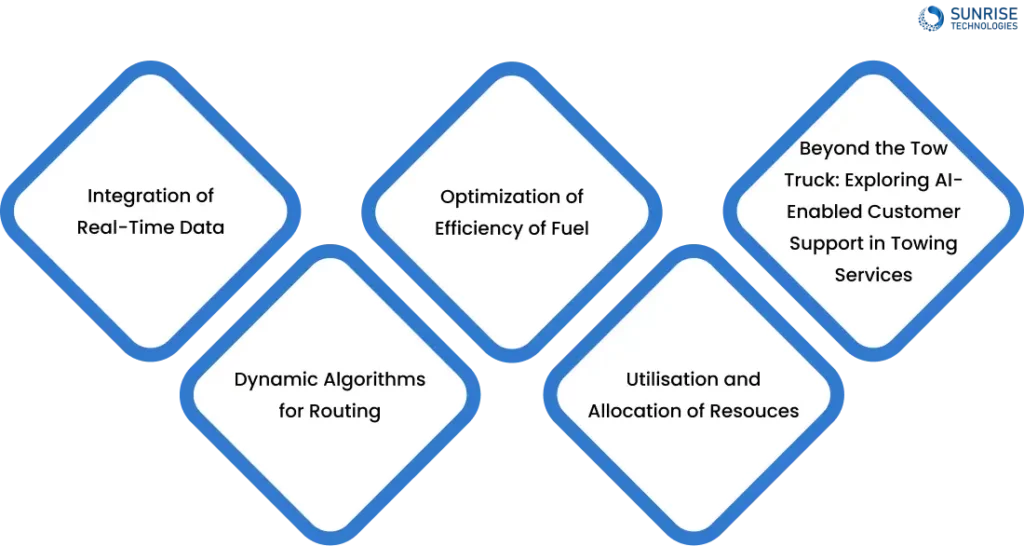
- Real-Time Data Integration – AI dynamically adjusts routes based on live traffic, road closures, and weather updates, optimizing travel time and fuel consumption.
- Smart Routing Algorithms – AI analyzes traffic patterns, service priorities, and vehicle capabilities to select the most efficient towing routes, reducing detours and congestion.
- Fuel Efficiency Optimization – AI recommends fuel-efficient routes, optimal driving speeds, and acceleration patterns, cutting costs and adapting to fuel price fluctuations.
- Resource Allocation & Utilization – AI assigns towing jobs based on vehicle availability and proximity, reducing idle time, boosting fleet productivity, and improving response times.
Beyond the Tow Truck: Exploring AI-Enabled Customer Support in Towing Services
Technology supported by AI encompasses Natural Language Processing (NLP), chatbots and voice recognition. It also consists of Intelligent Virtual Assistant (IVA) and Interactive Voice Response (IVR). These tools help in evolving and continuing ways to enhance support from customers.
- Chatbots – These conversational agents that are powered by AI understand the inquiries of customers. It provides friendly, automated or mechanized responses.
- NLP – Technology for Machine Learning (ML) responds and comprehends translations of text and commands to voice.
- Voice and Face Recognition – Biometric AI helps in distinguishing and detecting features of human voice and facial. It is for authentication.
- IVR – Automated system on the phone that understands responses to vocals, gives call answering and offers routing call options.
- IVA – AI programs that understand commands to voice. They also complete tasks for the agents of customer support.
Let our AI experts help integrate intelligent dispatch systems tailored to your fleet.
Data-Driven Decisions: Harnessing AI Analytics for Business Growth in the Towing Industry
Reducing Costs, Accelerate Speed of Business and Elevating Profitability
Innovation is crucial for the success of any business. Especially if the industry is dynamic and competitive like the Logistics or Towing Industry. It is necessary to embrace a strategy that is driven by data. It is for tackling challenges strategically. It optimizes the performance of the organization and improves competitiveness.
Unlocking the Power of AI and Data Analytics
AI and data analytics are transforming the towing industry by allowing companies to respond quickly to market needs and customer demands. Have you considered how AI can help improve the towing process? These technologies also simplify operations, making them more efficient. Through AI development, businesses can create smarter and more sustainable vehicles. Additionally, they gain valuable insights into customer preferences and trends, allowing them to better serve their customers.
Insights in Real-Time for Informed Decisions
We process and consolidate all the data that are available with solutions to technology that are disruptive in nature. It is for delivering reliable insights in actual time. These insights empower me to make decisions confidently. It identifies trends proactively. It also helps in the detection of anomalies.
Some Examples of Towing App Companies
- Urgently – It is a US-based service provider of RSA and on-demand tow trucks through their application. Customers can get connected to clients who have the requirement of RSA services. It relates to the providers of RSA and tow trucks. Customers can make direct payments for the service using the application.
- Hank – It is another US-based application for RSA/tow truck service. It is popular in most of the cities of the United States. The application has an extensive list of RSA services. Such as specialized towing of cars, flatbed towing, starting of dead battery, replenishing of fuel, lockout and many emergencies.
- Tow Trackr – This app is a complete solution for tow truck drivers. Its platform is user-friendly. It serves as one of the best apps for tow truck drivers. It offers an easy process of payment, efficient management of service and generation of invoices that are automated.
Through this blog, we’ve explored the importance of AI in the towing business and how it can help improve efficiency and service. If you’re looking to take your logistics, RSA, or towing business to the next level, you might be wondering, How can AI-powered solutions improve my current system? Sunrise Technologies, a leading software development company in Australia, is here to help. We provide AI-powered towing solutions that can revolutionize your operations. Feel free to contact us for any inquiries or to learn more about how we can assist you in growing your business.
Sam is a chartered professional engineer with over 15 years of extensive experience in the software technology space. Over the years, Sam has held the position of Chief Technology Consultant for tech companies both in Australia and abroad before establishing his own software consulting firm in Sydney, Australia. In his current role, he manages a large team of developers and engineers across Australia and internationally, dedicated to delivering the best in software technology.
